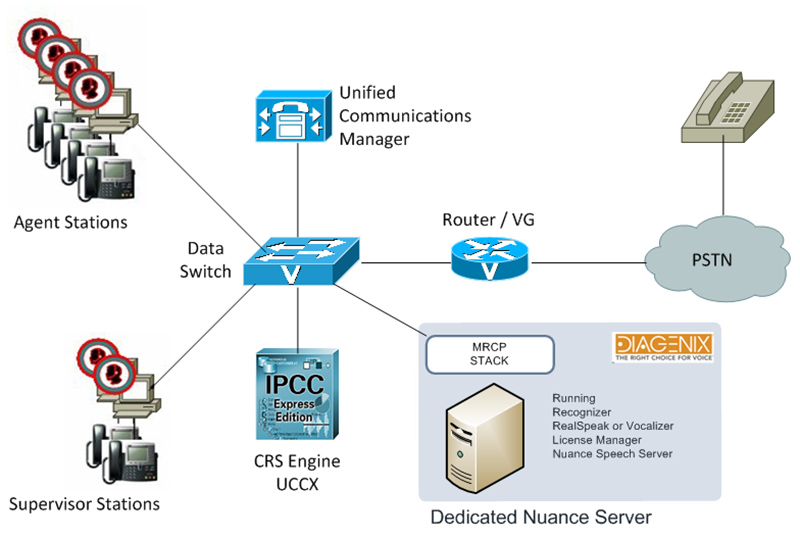Background
I decided to do this write up after a recent job I had deploying a contact center application. I realized I had to look at some old notes on the process I used to tweak prompts. I “forgot” about certain tools I used to get the job done. Fortunately, I had good notes on the topic. However, I thought it may help others if I put my notes in this blog.
Audio Formats for Cisco Apps

Use the following steps to change the Guest OS version and upgrade VMWare tools to upgrade to Unified CCX 9.x, 10.x, and later from a previous version: Shut down the Unified CCX server. Modify the Guest OS settings on the Virtual Machine to Red Hat Enterprise Linux version based on the above tables. We don't have any change log information yet for version 2.0.1 of Clear Day. Sometimes publishers take a little while to make this information available, so please check back in a few days to see if it has been updated. Mac OS X: In Jabber Video you can select Audio Output and Audio Input devices. These should be assigned to your headset. In System preferences Sound Output, select Internal speakers as output device. Ringtones and other sounds will then be received through your internal speakers and Jabber Video will choose your headset as the sound unit.
There are several Cisco UC apps that allow administrators to create custom audio formats. This blog is “inspired” by my recent UCCX experience, but I thought it would be a good idea to centrally document other applications as well.
CME and CUCM Ring Tones:
- Format: Raw PCM (no header)
- Sample Rate: 8000 samples/second (8kHz)
- Sample Size: 8 bit
- Max Ring Size: 16080 samples
- Min Ring Size: 240 samples
- NOTES:
- # of samples should be evenly divisible by 240
- Ring should start/end at zero crossing
CUCM Music On Hold:
- Standard 16-bit PCM wav format (stereo or mono)
- 8-bit CCITT a-law or u-law (stereo or mono)
- NOTE: in later versions of CUCM, mp3 is no longer supported
- NOTE: CUCM takes an uploaded file and converts it to the various formats IPVMS can use.
Unity and Unity Connection:
- 8-bit CCIT u-law (mono)
- Sample Rate: 8000 samples/second (8kHz)
- NOTES:
- Media Master can be used to record or upload media
- Greetings Administrator (CUGA) can be used to record prompts from TUI

UCCX:
- 8-bit CCIT u-law (mono)
- Sample Rate: 8000 samples/second (8kHz)
- NOTES:
- Can use a CRS script to create prompts (with caveats)
Audacity
Audacity is a free audio editor and recorder that has been around since 2000. It runs on Windows, Mac OS X, and GNU/Linux platforms. Audacity has a pretty robust set of features for a free application. You can see a list of features here. The latest release is available on sourceforge (Audacity Download).
Using Audacity to read Ring Tone Files:
You can use Audacity to import ring tone files from CUCM. You need to download the ring tone file to your desktop (you can use a TFTP client to get the file). Once down loaded you can go to File>Import>Raw Data (Audacity 1.3 beta on Mac OS X) or Project>Import Raw Data (Audacity 1.2.6 on Windows).
When importing a file, you have to specify the parameters that Audacity should use to read the file. Use the following:
Cisco Uccx Sample Scripts
- Encoding: U-Law
- Byte order: Big-endian
- Channels: 1 Channel (Mono)
- Start offset: 0
- Amount to import: 100%
- Sample rate: 8000 Hz
Uccx Script Editor Download
You can now work with the file.
Cisco Uccx Versions
William Bell is the Collaboration Practice Lead for Chesapeake NetCraftsmen. Bill has over 10 years of experience in the IT industry with a focus on communication and collaboration technologies. In addition to blogging on the NetCraftsmen site, Bill also maintains the UC Guerrilla blog: http://ucguerrilla.com. You can follow Bill on Twitter: @ucguerrilla